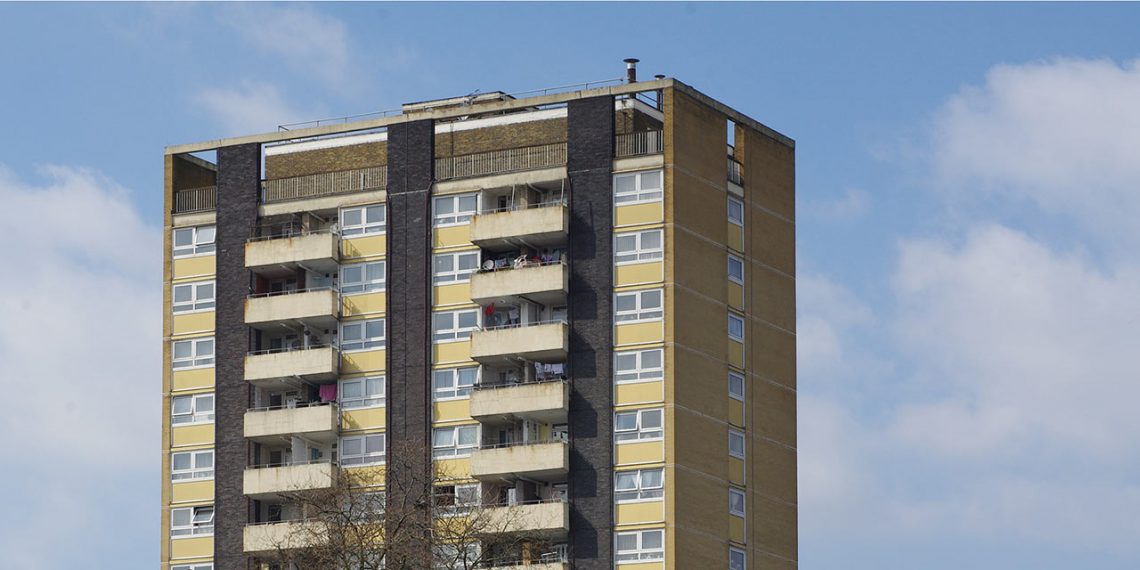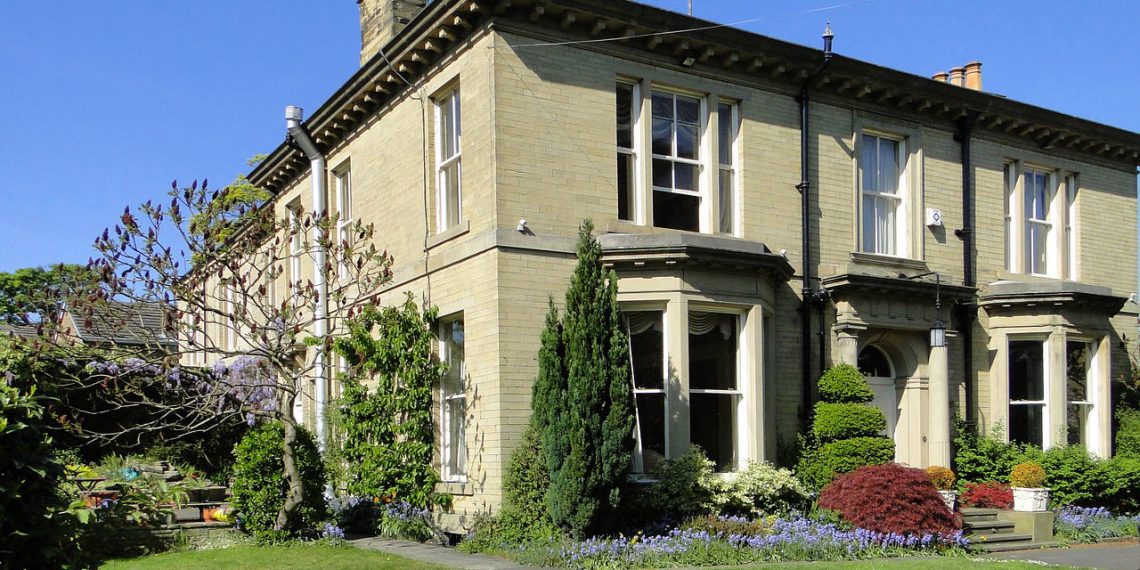Entering the world of Leasehold Reform can be a daunting and confusing journey. We attempt to explain some of the common terms and valuation factors that are often used when discussing this subject.
Qualification
There are three issues that need to be addressed:
- Does the building qualify?
- Does the lease qualify?
- Does the tenant qualify?
In order for the building to qualify, it must be a ‘house’ and there must be no material over or under-hang with an adjoining building (if there is, then the house is likely to be a flat).
The lease must comprise the whole of the “house” and it must be a long tenancy, i.e., a lease with an original term of more than 21 years. However, if it is a business tenancy, then its original term needs to be for more than 35 years.
The tenant must have owned the lease of the house for a period of at least two years before the date of the claim.
Stemming from the 2002 Act the residence test was abolished save for in a limited number of circumstances.
If a house is mixed-use, so that there is a business tenancy (for example a building comprising a shop with a flat above) or if the house includes a flat which is subject to a qualifying lease under the 1993 Act then the tenant still needs to meet the residence test.
The residence test – a tenant has to occupy the house as his only or main residence for two years or periods amounting to two years in the preceding ten years.
Valuation Methods
These are set out in section 9 of the 1967 Act.
Section 9 of the 1967 Act provides for one of three methods of valuation to determine the price depending on the rateable value of the property. The relevant method of valuation is either that set out in s9 (1) or that set out in s9 (1A) and 9(1C).
Relativity
Relativity is the expression as a percentage of the difference in value between a short lease and an effective freehold (i.e. one with a 999-year lease at peppercorn rent or “Share of Freehold”). The higher the rate, the lower the premium.
Improvements
Any increase in value of a house which is attributable to an improvement carried out at his own expense, by the tenant or any predecessor in title, is to be disregarded. Significant sums of money can be saved by correctly identifying improvements.
Repair of worn out items would not qualify as improvements. Case law suggests that structural works are required such as alterations to the property or the strengthening of kitchen units to facilitate the installation of granite worktops. Simple replacement with a modern-day equivalent would not be an improvement.
Condition
In limited circumstances, the house is to be valued in its existing condition, if there is disrepair. This is unlike the 1993 Act (for flats) where condition is assumed.
Capitalisation Rate
This percentage rate is used to calculate the multiplier to calculate the present-day value of the ground rent. The higher rate, the lower the compensation paid to the freeholder.
“The Non-Act World” and Other Matters
The 1967 Act requires an assumption that you have no right to buy the lease extension or enfranchise. This is often termed the “no Act world” assumption. Therefore, it is necessary to consider how much of a discount there needs to be to reflect this right.
The valuer should also consider in short lease properties the risk of an assured tenancy at the end of a lease. There is a provision in the Act and ancillary Acts for a tenant to remain in possession after the lease ends, at a rent.
The type of tenancy at the end of the lease will depend on historic rateable value (or in the case of newer build flats, the value of R). If a tenant lives at the property and there is sufficient risk of a tenant remaining, it may be possible to reduce the value of the premium significantly.
Deferment or Discount Rate
Prior to Sportelli this varied throughout the country and throughout central London. This case introduced the concept of a generic (nation-wide and property-wide) rate of 5%. Potentially if your property has specific issues or it is outside of London, it may be possible to adjust this rate. The higher rate, the lower the premium.
Important Note on Associated Costs:
In the event that tenants exercise their rights under the 1967 Act, the tenants will be liable for the landlord’s reasonable costs in determining the premium payable (valuation costs) and those of the landlord’s solicitor in respect of dealing with the notice and in the event of the matter proceeding, the conveyancing costs. The tenant is liable for these whether or not the tenant proceeds (save as to the conveyancing costs).
In the event that the matter proceeds to a First-Tier Tribunal, both sides bear their own costs relating to the Hearing. As with the determination of the premium, the Ft-T can assess the legal and valuation costs.
Each party will also be responsible for their own costs during negotiations in most instances.
Extending the Lease
The 1967 Act also allows the qualifying tenant of a house to take an extended lease of the house for a term of 50 years to expire after the term date of the existing lease at a modern ground rent throughout the extended term and without payment of a premium.
This right has been little exercised in recent years but following the 2002 Act all tenancies extended under the 1967 Act now have security of tenure.
Furthermore, the tenant under an extended lease now has the right to acquire the freehold, if he otherwise fulfills the qualifying conditions; in such cases, the purchase price will be determined in accordance with section 9(1C) but with modified assumptions.
In relation to the modern ground rent this will be a percentage of the site value. For example:
Building value: £1,000,000
Site value: £450,000
Modern ground rent: at 6% £27,000
The other advantage here is that the rent review does not occur until the end of 25th year.









